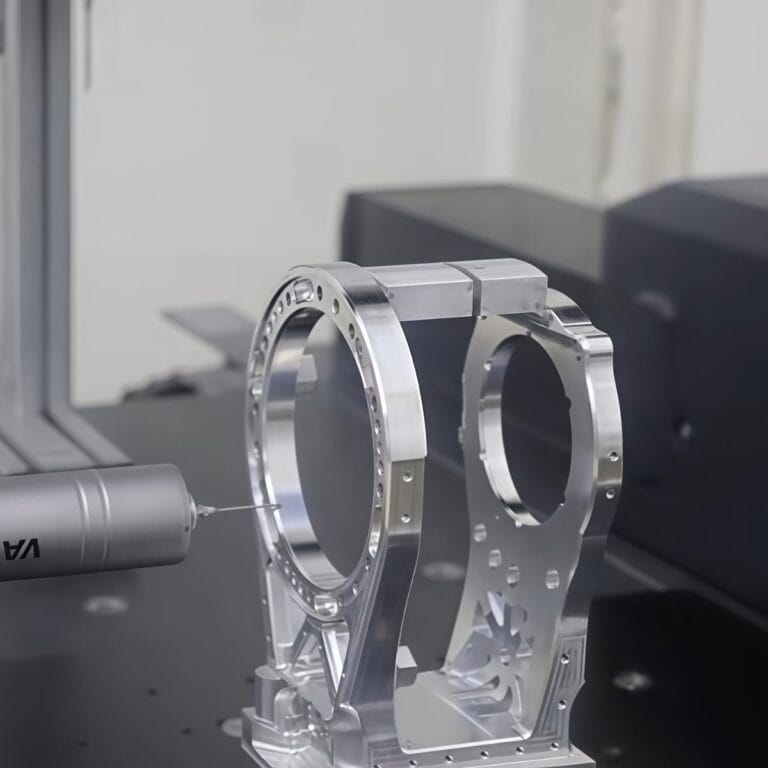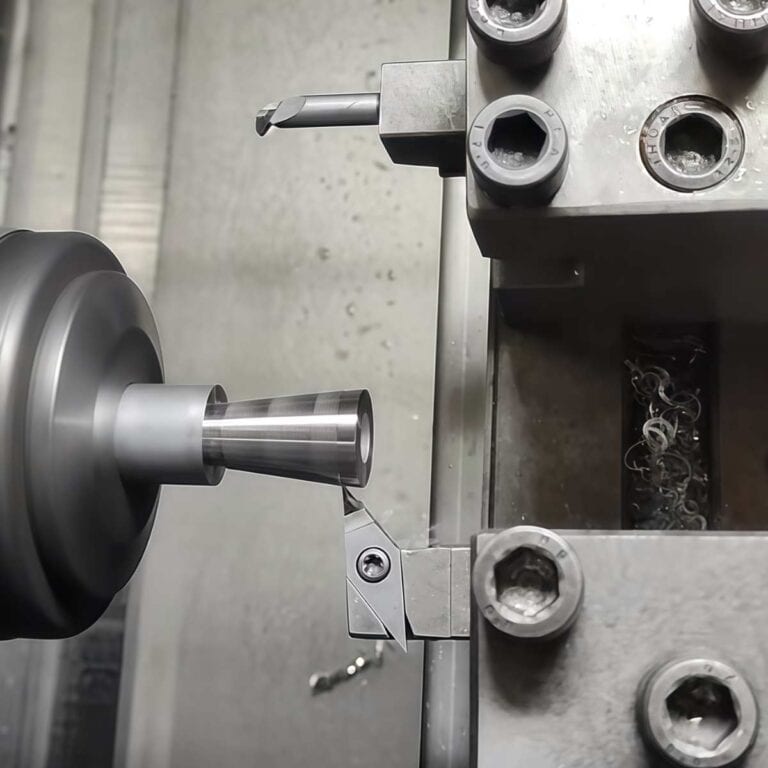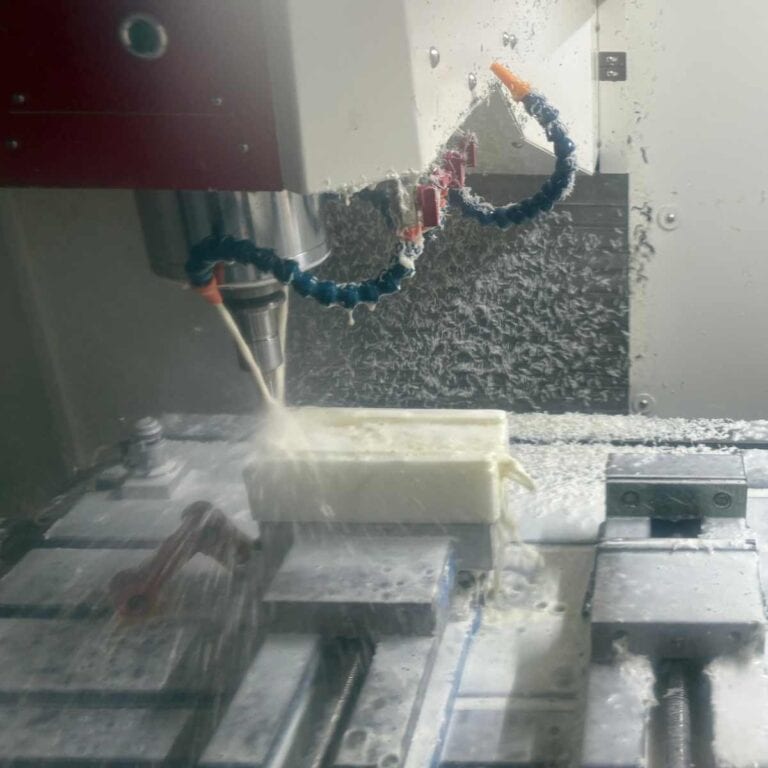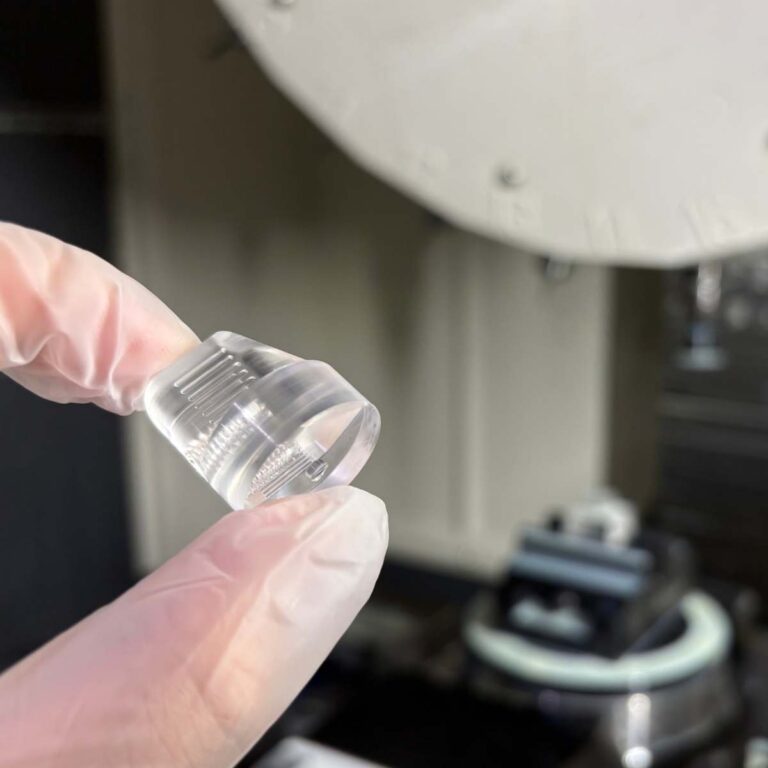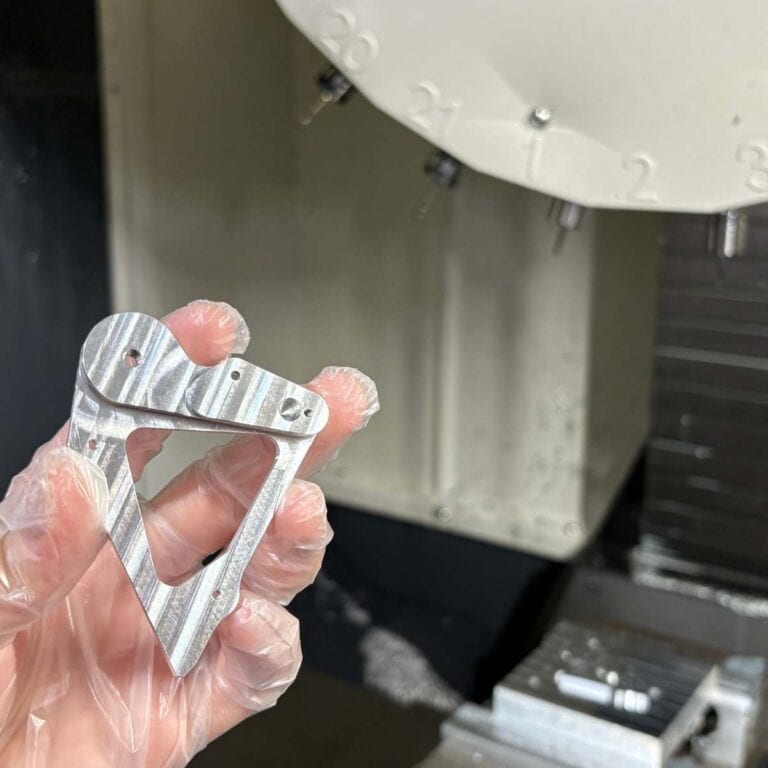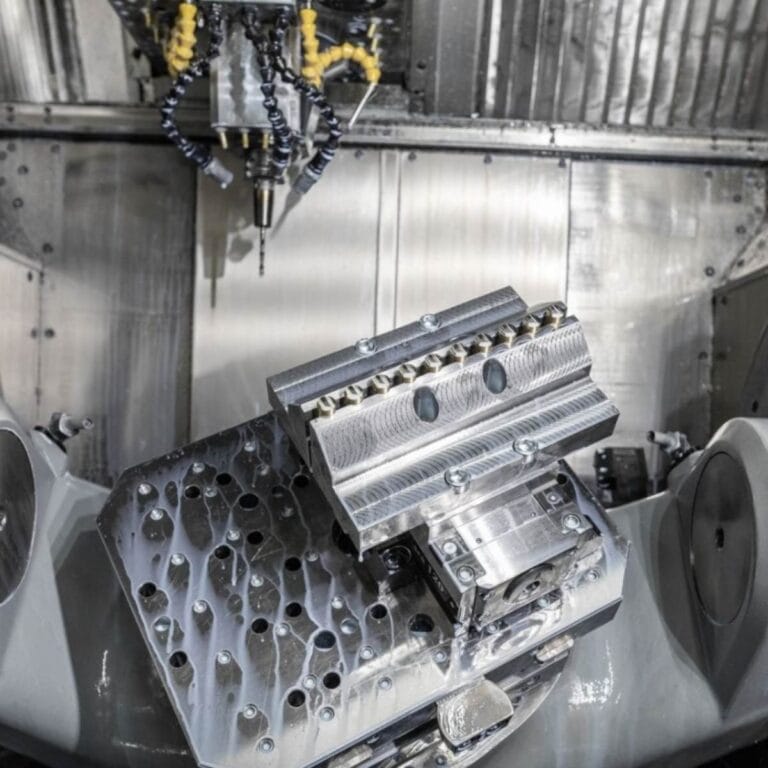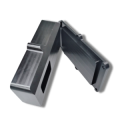3 axis 4 axis 5 axis CNC machining:The term CNC is an acronym for Computer Numerical Control. It refers to the automation of manufacturing or machining processes through the use of computers.
There are many types of CNC machines on the market, but what is the difference between 3 axis 4 axis 5 axis cnc machines?
In this blog post, we will discuss the differences between 3 axis 4 axis 5 axis CNC machines. We will also lok at some examples of each type of machine in action. Knowing the difference between these machines is importent for anyone who wants to use CNC technology in their business or hobby. Stay with us!

What Is A CNC Machine And What Are Its Main Functions
A CNC machine is a computer-controlled machine that is used to create precise and intricate parts. The three main axes of a CNC machine are the X-axis, the Y-axis, and the Z-axis.
The X-axis is the horizontal axis, the Y-axis is the vertical axis, and the Z-axis is the depth axis. There are also 4 axis CNC milling and 5 axis CNC milling machines that have additional axes for even more precise machining.
The main function of a CNC machine is to create parts from a variety of materials. These parts can be anything from small components to large pieces. CNC machines are used in a variety of industries, including manufacturing, aerospace, automotive, and more.
Additionally, CNC machines can be used to 3D-print objects in a variety of materials, including metals and plastics. Overall, CNC machines are an essential tool for creating highly complex and precise parts.
Three Different Types Of Axes That Can Be Used In CNC Machines – 3 Axis, 4 Axis, And 5 Axis cnc
The differences between 3 axis 4 axis 5 axis CNC milling machines are the number of axes that they have.
1. What is 3 axis CNC milling
3 axis CNC milling is one of the most common types of CNC machining and refers to the movement of a cutting tool along 3 independent axes. This type of milling allows for more precise control over the position and orientation of cuts on a workpiece, making it ideal for creating complex shapes or contours. Also, 3 axis CNC milling can be used to create 3D surfaces on a workpiece.
2.What is 4 axis CNC milling
4 aaxis CNC milling is another type of CNC machining that allows for more complex and intricate cutting. This type of milling uses 3 additional axes to control the rottion, or tilt, of the cutting tool relative to the workpiece. This allows for even greater precision in 3D cutting, making it a popular choice for creating precision parts or products. Moreover, 4 axis CNC milling can also be used to create 3D surfaces on a workpiece.
3.What is 5 axis CNC milling
Finally, 5 axis CNC milling is a more advanced type of CNC machining that uses 3 additional axes to control the positioning and rotation of the cutting tool in 3D space. This allows for even greater precision and control when creating complex 3D shapes and contours. 5 axis CNC milling is an ideal choice for high-precision applications such as aerospace or medical manufacturing.
Overall, the different types of axes that can be used in CNC machines offer a wide range of capabilities and allow manufacturers to create a variety of products with great accuracy and efficiency. Be it, 3 axis , 4 axis or 5 axis, the output result is not affected at all.
How Each Type Of Axis Affects The Machining Process
3-axis CNC milling refers to the process of using a computer numerical control (CNC) machine with three axes of motion. These axes are the X, Y, and Z axis. 3-axis CNC milling machines can create parts with complex geometries but have a limited range of motion.
4-axis CNC milling machines add an additional rotational axis that gives them more flexibility in creating parts. 5-axis CNC milling machines have even more axes of motion, allowing for even more complex geometries.
Each type of CNC milling machine has its own advantages and disadvantages. 3-axis CNC milling machines are less expensive than 4- or 5-axis machines but have a more limited range of motion. 4-axis CNC milling machines are more expensive than 3-axis machines but can create more complex parts. 5-axis CNC milling machines are the most expensive type of CNC milling machine but can create the most complex parts.
The type of axis that a CNC milling machine has will affect the types of parts that it can create. 3-axis CNC milling machines are best suited for creating simple parts with few features. 4-axis CNC milling machines can create more complex parts with multiple features. 5-axis CNC milling machines can create the most complex parts with a large number of features.
When deciding which CNC milling machine to use, it is important to consider the range of motion that each machine offers, as well as the types of parts you need to create.
Ultimately, the choice will depend on your specific needs and budget. However, regardless of the type of machine you choose, 3-axis, 4-axis, or 5-axis CNC milling can help you create parts with incredibly complex geometries in a quick and efficient manner.
The Benefits And Drawbacks Of Each Type Of Axis
The 3 main types of CNC milling machines are 3-axis, 4-axis, and 5-axis cnc machining. Each type has its own set of benefits as well as drawbacks, and choosing the right machine for your needs largely depends on what you need to produce.
Listed below are some of the key benefits and drawbacks associated with 3-, 4-, and 5-axis CNC milling machines.
3-axis CNC milling machines
3-axis CNC milling machines are ideal for projects that require precise linear movements, such as cutting straight lines or drilling holes at exact angles. The extra benefit of 3 axis CNC milling is that they can also be used for 3D modeling, carving 3D shapes, and milling 3D objects out of solid materials.
3-axis CNC milling machines are limited in their ability to produce more complex shapes and require a higher level of operator skill than 4- or 5-axis machines.
4-axis CNC milling machines!4-axis CNC milling machines add an extra degree of freedom to the 3 axis CNC milling machines, allowing the cutter to rotate around the X-axis. This additional degree of freedom opens up new possibilities for 4-axis machining, such as contouring and sculpting 3D objects, as well as producing inclined or beveled surfaces on parts.
4-axis CNC milling machines are more expensive than 3 axis CNC milling machines and require more operators training to use effectively.
5-axis CNC milling machines
5-axis CNC milling machines are the most versatile type of CNC milling machine, as they can move the cutter along 5 axes: the X, Y, and Z axes, as well as two additional rotational axes (A and B). This allows for a wide range of movements and possibilities when it comes to 5-axis machining, such as cutting 3D objects with complex shapes or milling surfaces with compound angles. In addition to this, the 5 axis CNC machine manufacturers are not only more in number but are also reliable.
However, 5-axis CNC milling machines are also the most expensive type of CNC milling machine and require a high level of operator skill and training to use effectively.
Overall, 3 axis 4 axis 5 axis CNC milling machines each have their own set of benefits and drawbacks, depending on your needs and budget. Choosing the right machine for your project will largely depend on what you are trying to produce, as well as your level of experience with CNC machining.
Which Type Of CNC Machine Is Best For Your Needs
There are many different types of CNC machines, each with its advantages and disadvantages. 3 axis CNC milling machines are ideal for basic operations, while 4 or 5 axis CNC milling machines are better suited for more complex tasks.
Ultimately, the best type of CNC machine for your needs depends on the complexity of the work you need to do.
3 axis CNC milling machines are typically more affordable than 4 or 5 axis CNC milling machines, making them a good option for smaller businesses or startups. However, 3 axis CNC milling machines may not be able to handle as many complex tasks as their more advanced counterparts.
4 axis CNC milling machines add an extra degree of freedom to the 3 axis design, allowing for more complex milling operations. However, 4 axis CNC milling machines tend to be more expensive than 3 axis CNC milling machines, but they offer greater flexibility and capabilities.
5 axis CNC milling machines are the most advanced type of CNC machine available. They offer unparalleled speed and precision, making them ideal for high-end applications like 3D printing or machining complex shapes. However, they can be quite expensive, and may not be suitable for all businesses or applications. And thus, 5 axis CNC milling although being the most recent development, are not the most used ones in the market.
To determine which type of CNC machine is best for your needs, it’s important to consider the complexity of the tasks that you need to complete and your budget constraints.
With so many options available on the market today, it can be difficult to determine which type of CNC machine is right for you. However, by doing your research and consulting with experts in the field, you can find the perfect machine with the perfect CNC machining that will help you achieve your goals.

How To Choose The Right Type Of CNC Machine For Your Business
To choose a CNC machining product or not to choose a CNC machining product is the real question. Choosing the right type of CNC machine for your business can be a tricky process. With so many different types and models available on the market, it can be difficult to know where to start.
This guide will give you 7 tips on how to choose the right type of CNC machine for your business.
1. Evaluate Your Needs And Goals.
When choosing a CNC machine, it is important to take into account the specific types of projects that you will be working on. Some 3-axis CNC milling machines are ideal for manufacturing smaller parts, while larger 4 axis CNC milling or 5 axis CNC milling systems may be necessary for more complex projects.
2. Consider Your Budget.
CNC machines can range in price from a few thousand dollars to hundreds of thousands of dollars. It is important to consider your budget when choosing a machine, as you don’t want to overspend on a system that you may not be able to fully utilize.
3. Determine The Size And Weight Of The Parts You Will Be Working With.
This is important when selecting a CNC machine, as some cannot accommodate very large or very heavy parts.
4. Consider The Material You Will Be Machining.
Some CNC machines are better suited for certain materials than others. For example, if you will be machining aluminum, you will need a different type of machine than if you were machining steel.
5. Determine The Accuracy And Precision You Require.
Not all CNC machines are created equal in terms of accuracy and precision. If you need very high levels of accuracy and precision, you will need to select a machine that is designed for that purpose like the 5 axis CNC milling machine.
6. Consider The Cycle Time.
The cycle time is the amount of time it takes to complete one cycle of the CNC machine’s operation. This should be taken into consideration when choosing a machine, as a faster cycle time can mean increased efficiency and productivity.
7. Select A Reputable Dealer Or Distributor.
When purchasing a CNC machine, it is important to work with a reputable dealer or distributor who can provide support and services as needed – one who has ample knowledge about CNC machining.
By following these tips, you can be sure to choose the right type of CNC machine for your business needs.
The future of CNC Milling Machines
6 axis CNC mills are one step forward of the 5 axis CNC milling machines. These outstanding future products can use an additional rotation axis along the Z axis resulting in a noticeable improvement in speed, quality and precision.
Conclusion
Not to mention, 3 axis CNC milling machine is the most basic and common type of CNC machining. 4 axis CNC milling machine can produce more complex shapes than a 3 axis machine, while a 5 axis CNC milling machine can create even more intricate shapes.
If you’re looking for a high-quality CNC machine that can handle a wide range of projects, it’s important to understand the differences between these three types of machines. Get in touch with Tirapid to learn more about CNC machining. Thanks for reading!

